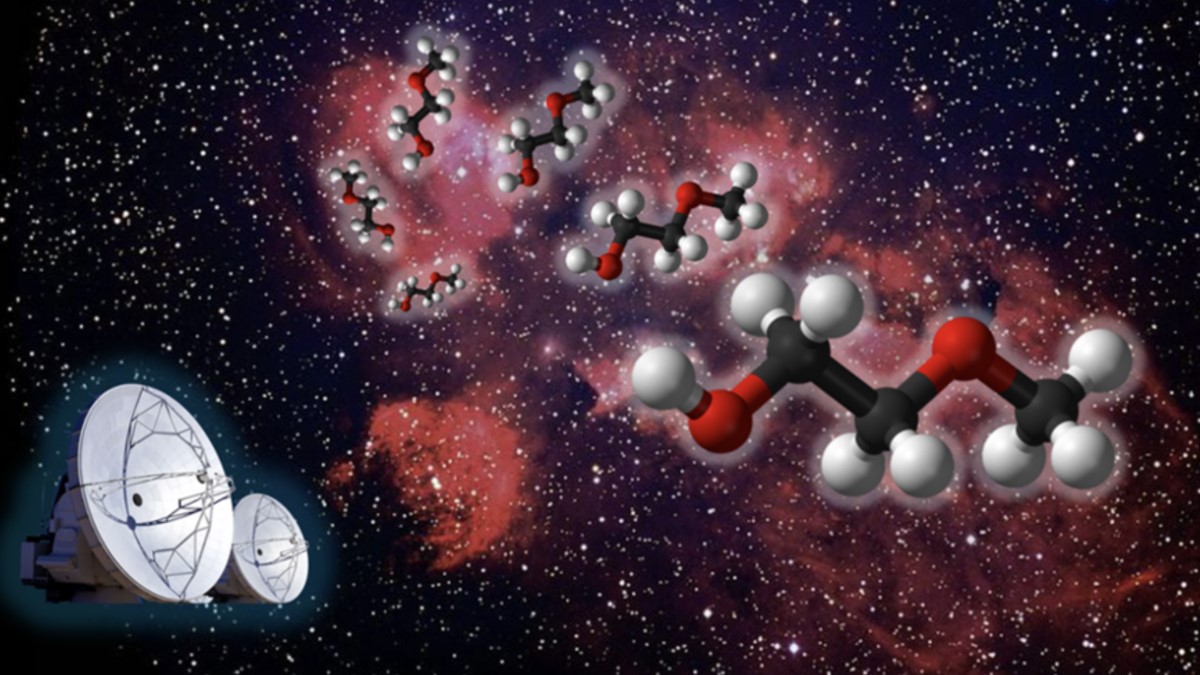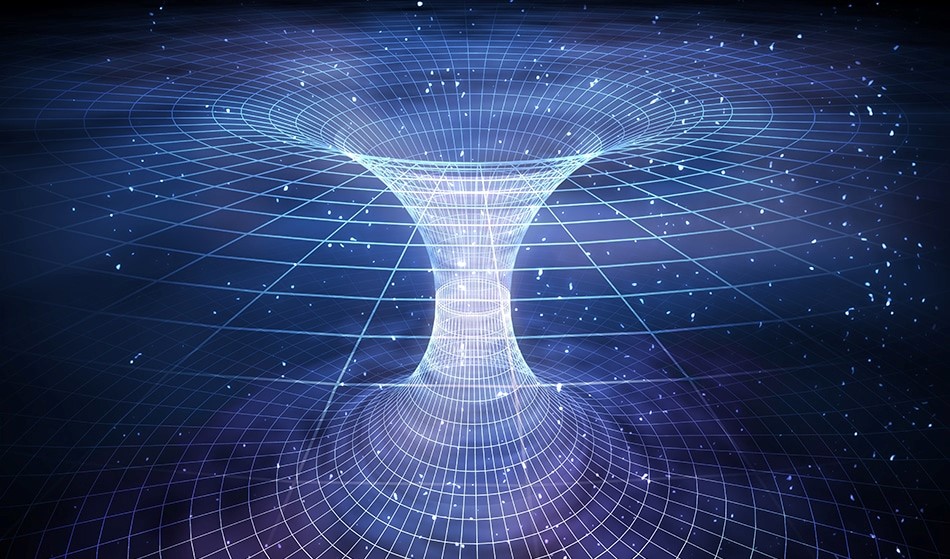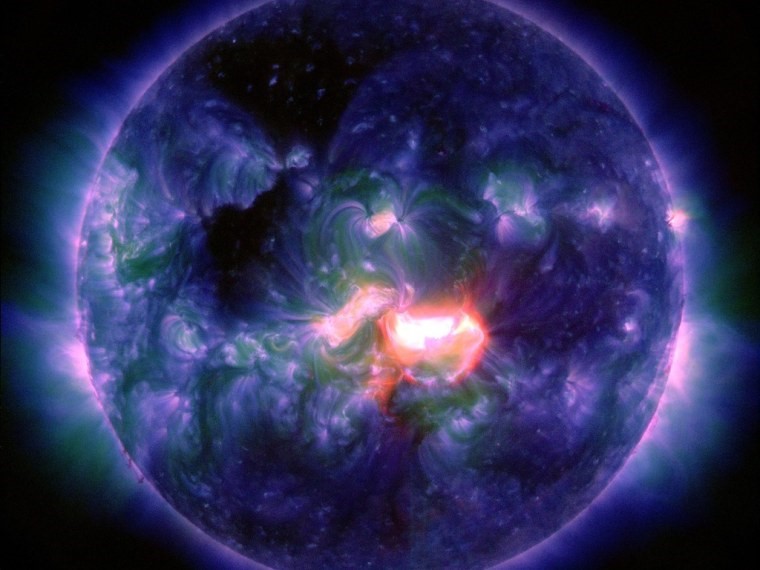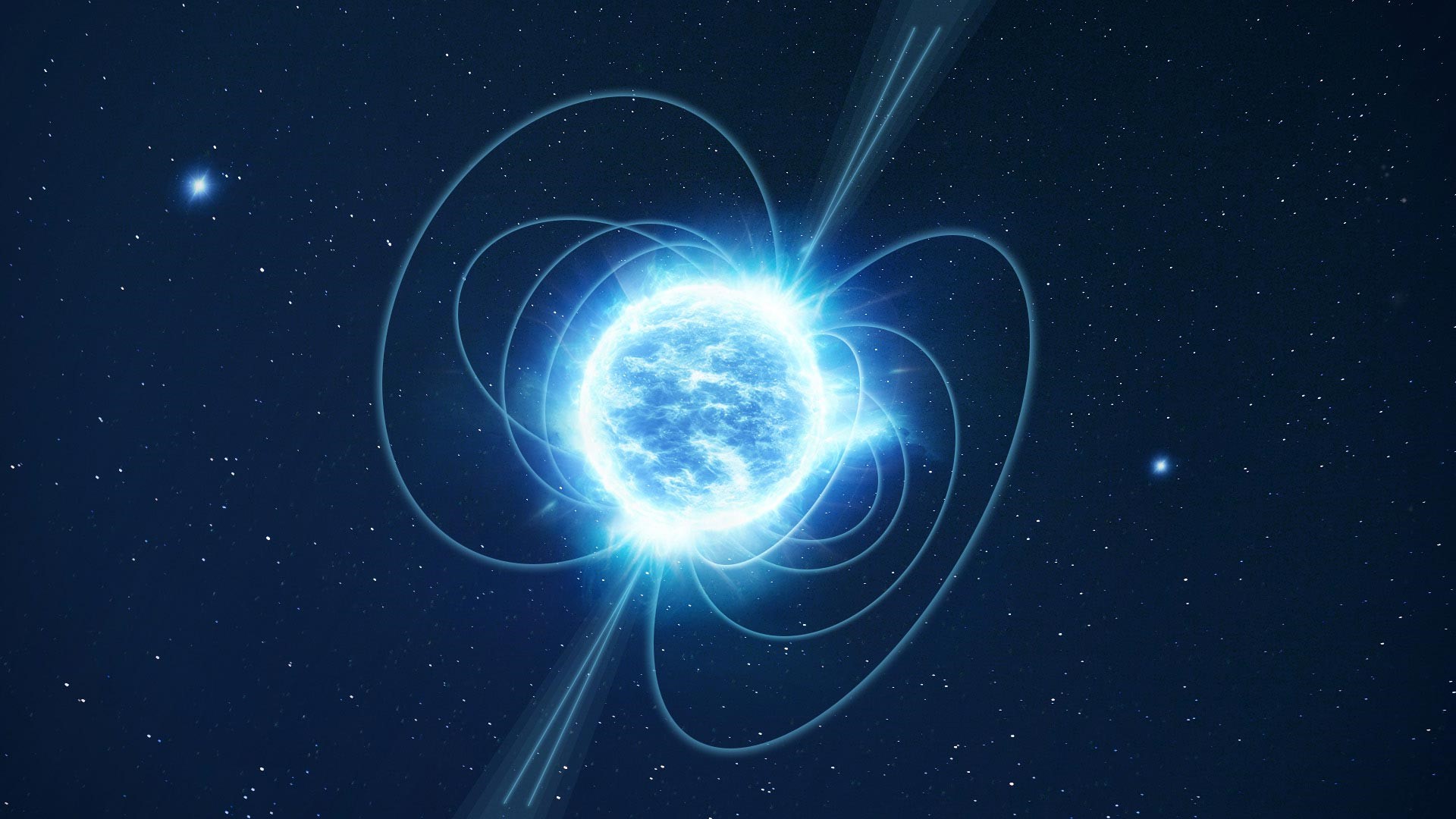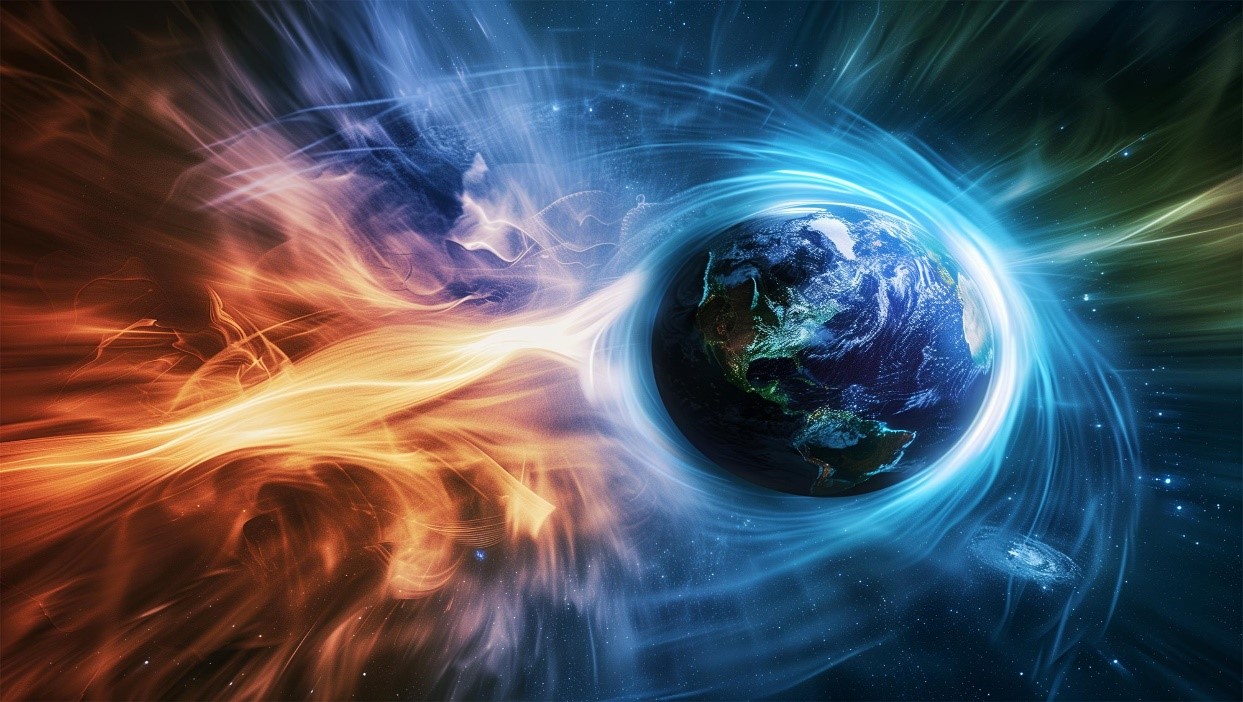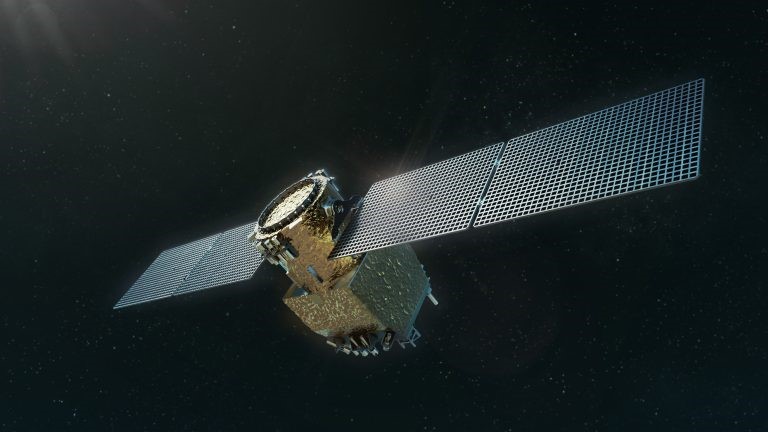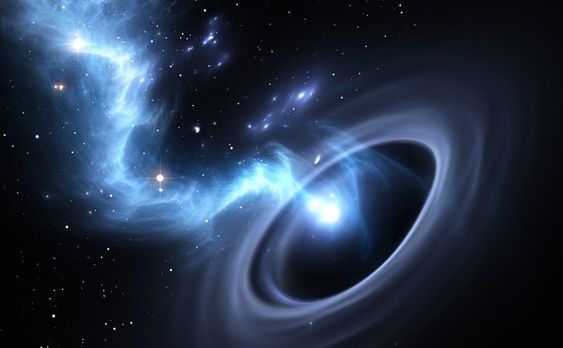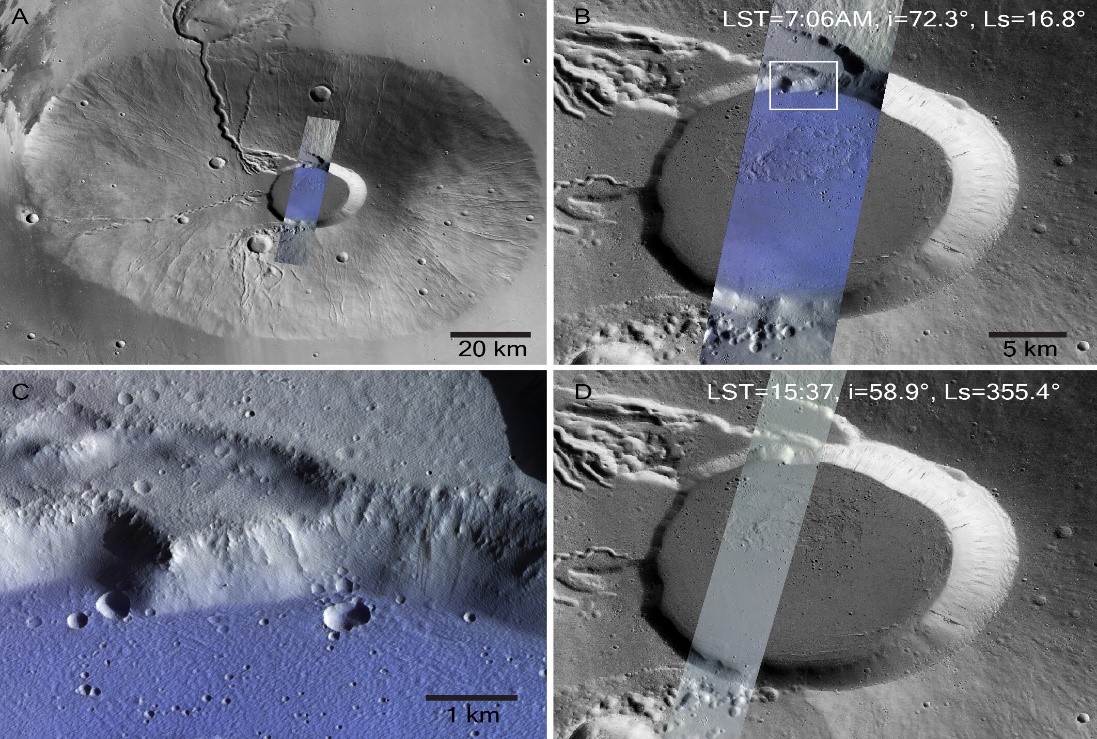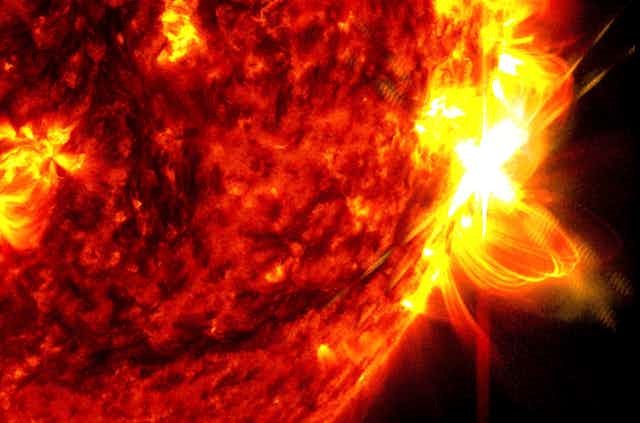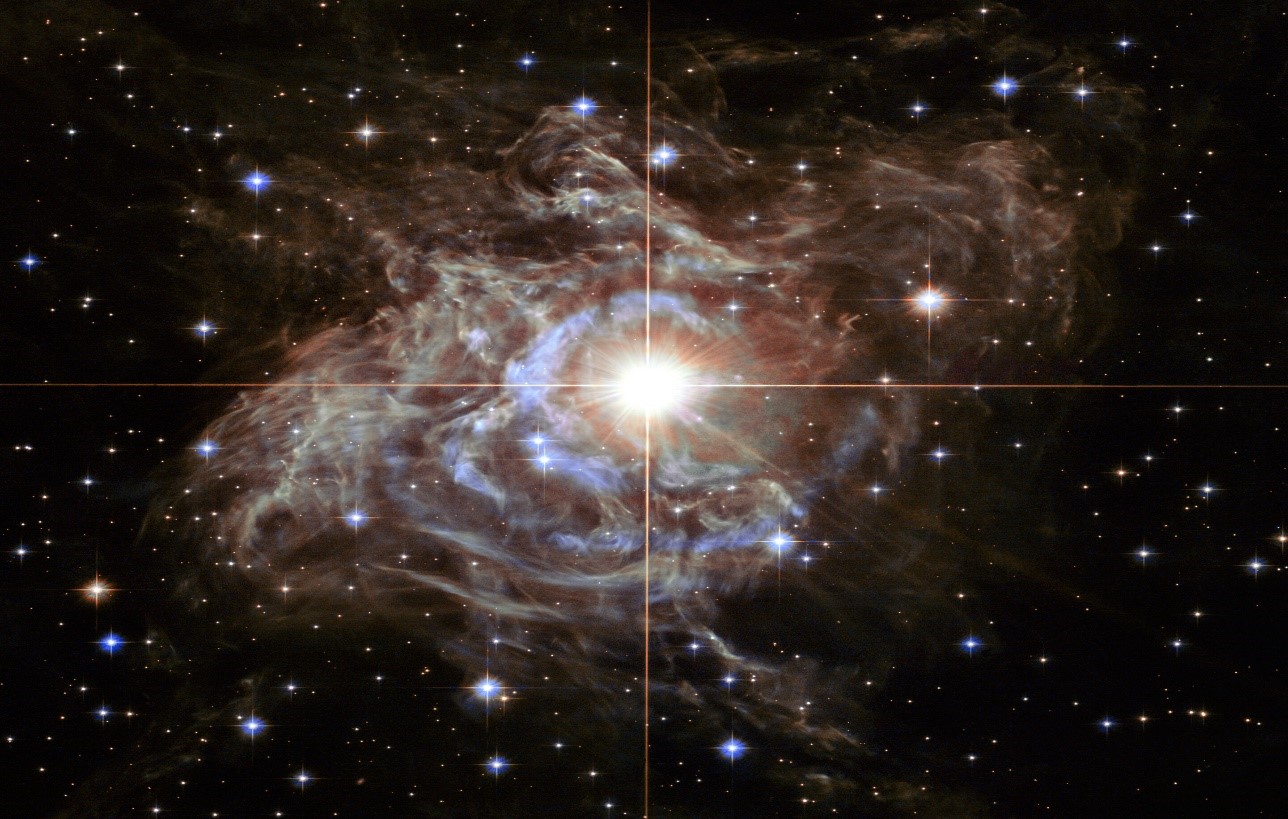Groundbreaking 3d Map of The Universe Suggests Evolution of Dark Energy Over Time
A comprehensive survey of the cosmos is unveiling fresh insights into one of its most enigmatic phenomena: dark energy. Intriguingly, when combined with other observations, the data hint that dark energy, previously thought to maintain a constant density over time, may evolve alongside the cosmos.[1]
Physicist Daniel Scolnic from Duke University, not affiliated with the study, describes the result as "an adrenaline shot to the cosmology community."
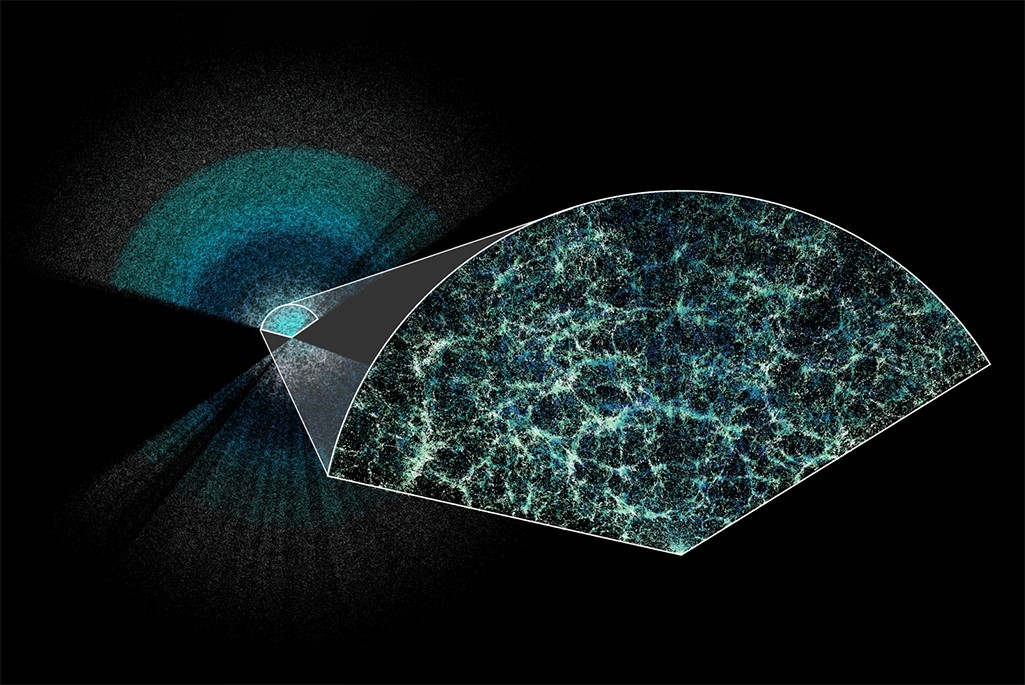
Figure 1. The Dark Energy Spectroscopic Instrument (DESI) has created the largest 3D map of the universe so far.
Figure 1. Shows The Dark Energy Spectroscopic Instrument (DESI) has created the largest 3D map of the universe so far to probe this puzzle, the Dark Energy Spectroscopic Instrument (DESI) has generated the most extensive 3D map of the universe to date, detailed in 10 papers released on April 4. This map charts the distribution of galaxies and other celestial objects, providing insights into the universe's expansion history. While broadly consistent with the standard cosmological model (lambda CDM), the data also suggest the potential for variation in dark energy's equation of state over time, challenging existing understandings.
The analysis, based on DESI's first year of data, maps 6.4 million galaxies and quasars, revealing patterns in the density of matter that allow scientists to estimate the universe's expansion rate. By dividing the universe into seven epochs, spanning up to 11 billion years, researchers can track its evolution over time.
The DESI team combines their data with supernova studies to refine estimates of dark energy's evolution, finding tentative evidence for variation. While not reaching the threshold for a discovery, these findings are deemed intriguing, hinting at new possibilities in cosmology.
Looking ahead, DESI scientists plan to gather five years of data, totalling 3 million quasars and 37 million galaxies. These efforts aim to provide further clarity on dark energy's behaviour and its implications for our understanding of the cosmos.[2]
While these developments hold promise, they also introduce challenges, particularly regarding the Hubble constant controversy. If deviations from the standard cosmological model are confirmed, it could significantly impact our understanding of cosmic expansion.
Reference:
- https://www.sciencenews.org/article/map-universe-dark-energy-cosmology-desi
- https://www.space.com/desi-3d-map-universe-dark-energy-evolution
Cite this article:
Gokila G (2024), Groundbreaking 3d Map of The Universe Suggests Evolution of Dark Energy Over Time, AnaTechMaz pp. 22


